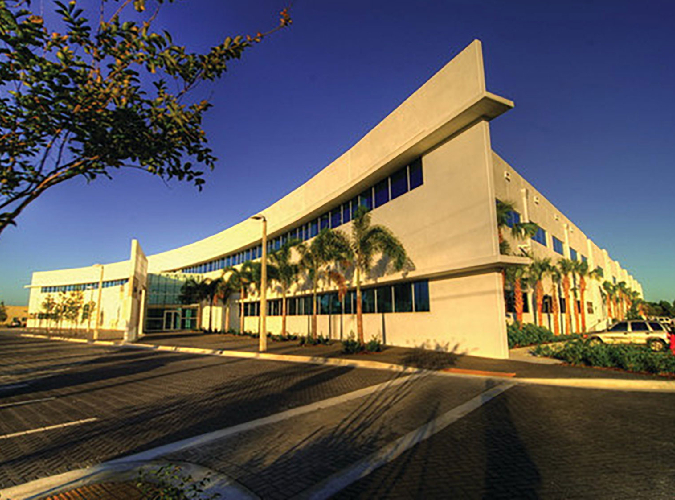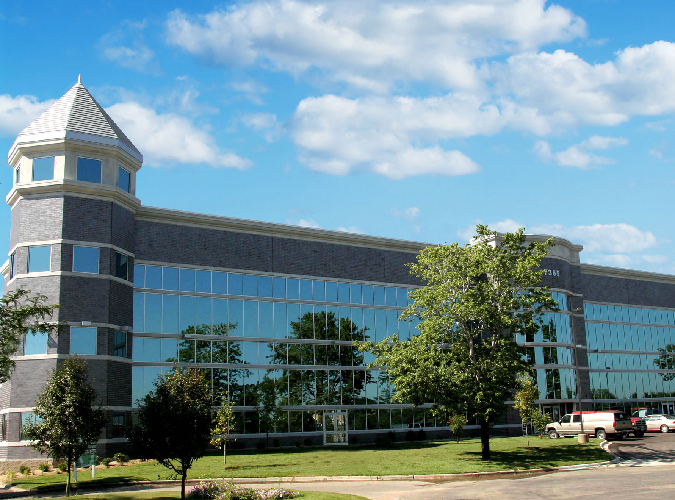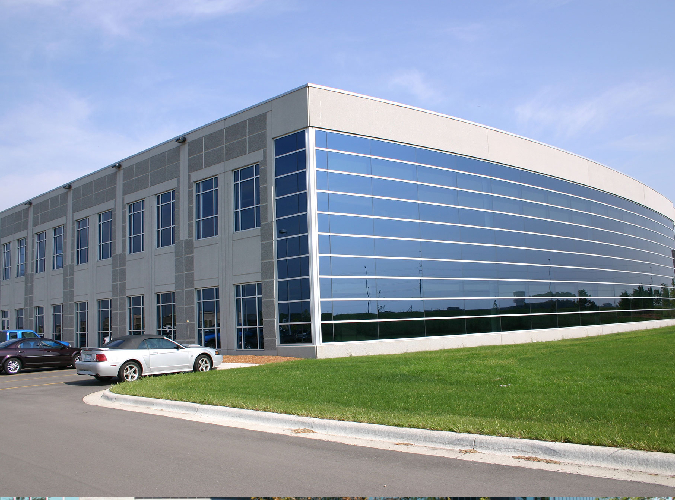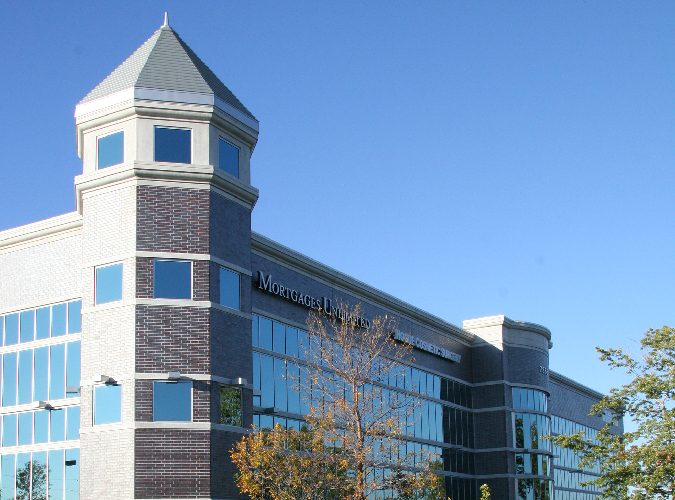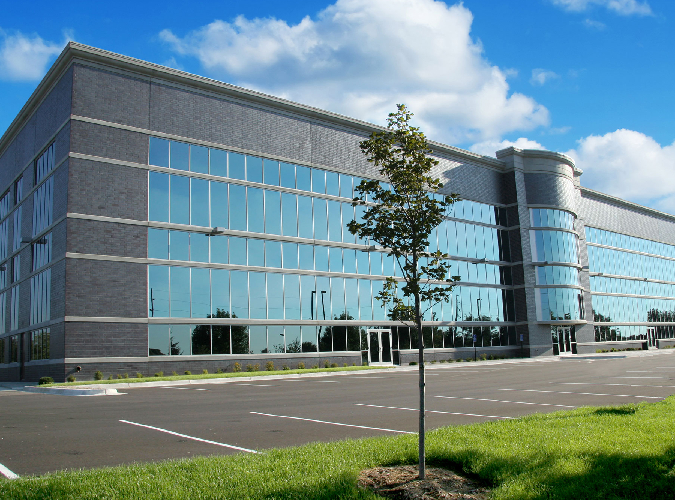Today we are seeing buildings which are more sculptural in form along with a trend towards more organic expressions. What is most striking in the concept of new buildings, compared to 20 years ago, is the much greater freedom in the design of the façade. Volumes, surfaces, lines and differences in planes are becoming increasingly important in providing architectural interest. Designers are conceiving of form organically, generating fluid surfaces in place of rigid structures. Design focuses on space, structure, and proportion. Architectural precast concrete provides the designer with virtually total sculptural freedom and flexibility in shaping concrete into structure and architecture. It is adaptable to a variety of building configurations. One of the most important properties of concrete is its moldability. Concrete is really like sculptor’s clay in an architect’s hands. A wide range of shapes is possible. Concrete shapes are not limited to volumes enclosed within plane surfaces: they may also be radiused or rounded. Curved shapes are generally a little more costly than plane shapes, because of the additional work required to manufacture the mold and to place the reinforcement, connection hardware and concrete. Complex shapes and configurations of wall units will not constitute a cost premium where sufficient repetition of the unit minimizes the mold costs and where sculpturing of the shape aids the unit’s structural capacity
The PCI Color and Texture Guide is also available as a resource for the colors and textures available to precast.

